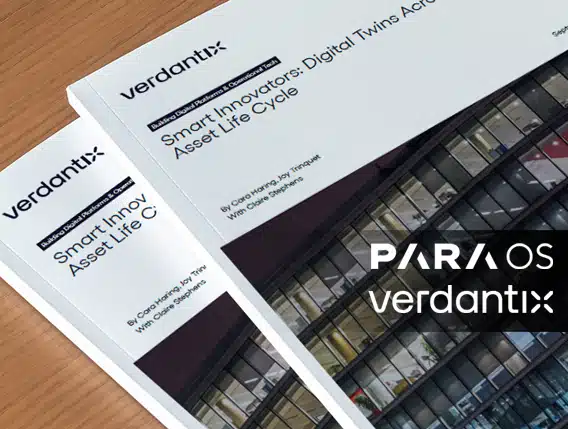Driving Digital Excellence: PARA OS Recognized as a Market Leader in Verdantix’s Smart Innovators: Digital Twins Across the Asset Life Cycle (2025) Report
PARA OS has been recognized as a market leader in Verdantix’s September 2025 Smart Innovators: Digital Twins Across The Asset Life…
Read Insight

